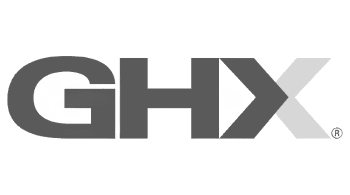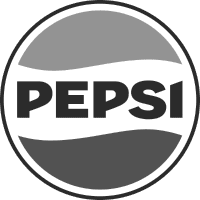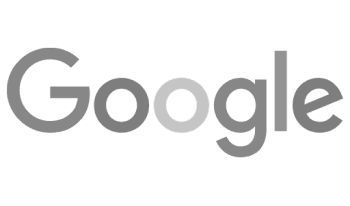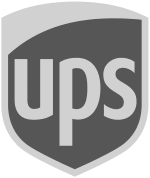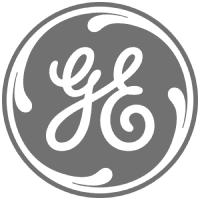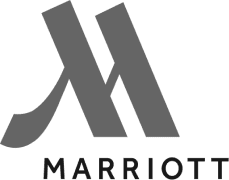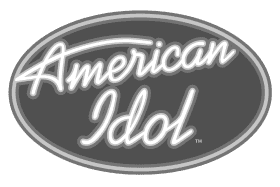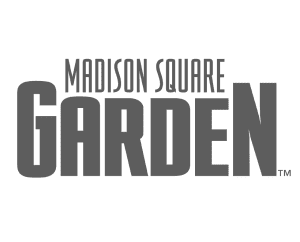A-Frame Sandwich Board
MetroClick A-Frame Sandwich Boards deliver portable interactive solutions with battery power, high-bright displays, and antimicrobial coating for flexible deployment in retail, events, and temporary installations where traditional fixed kiosks aren’t practical.
Flexible financing available on hardware orders from $49-$400,000.
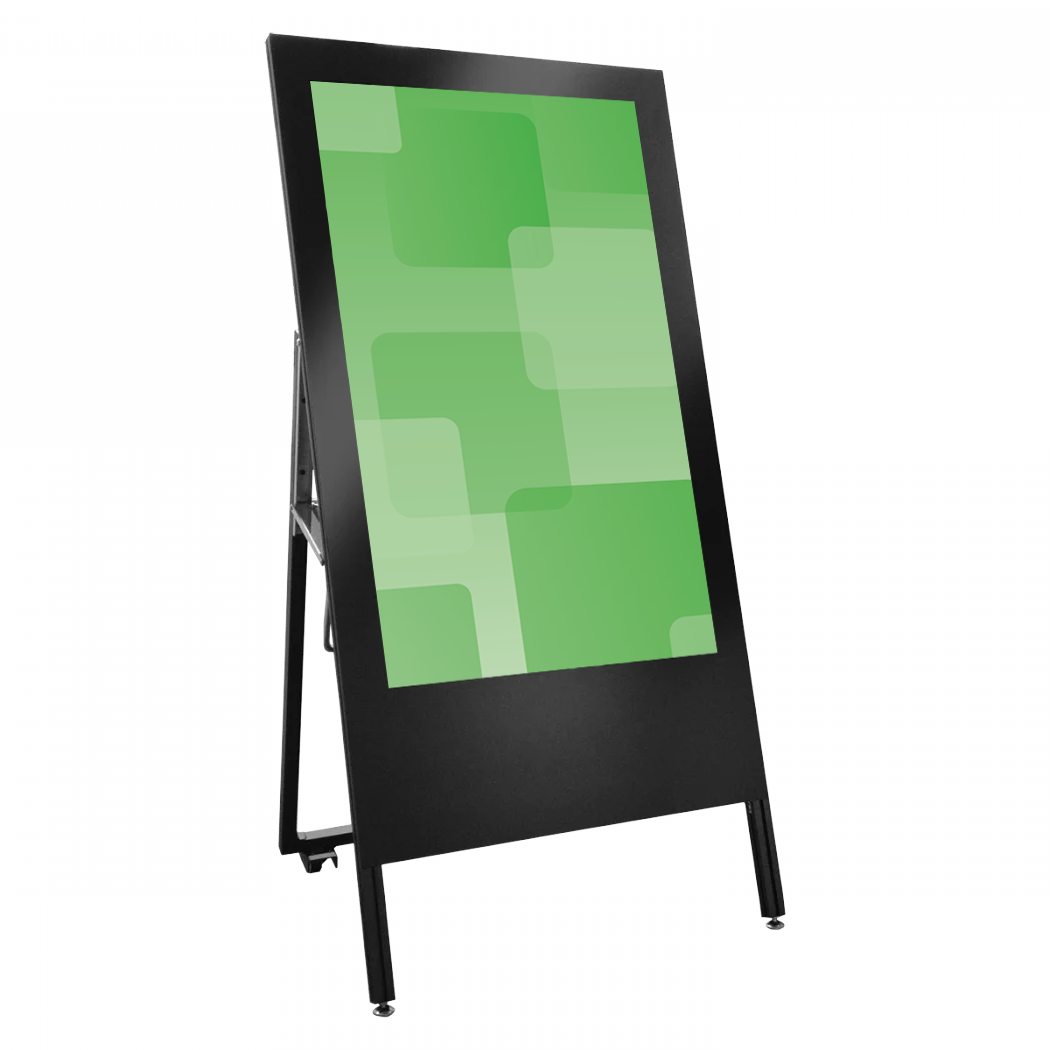
Trusted by industry leaders to power better customer experiences
MetroClick’s Sandwich Board With Static Display Technology
Whether it be kiosks, flat panel displays, display boards, digital signage or interactive monitors – indoors, outdoors or a combination of both, MetroClick has the ability to tailor our software and hardware to meet your needs.
From retail stores to shopping malls, MetroClick has a place in your property to subtly but effectively make an impact.
This A frame adapts the older look and style of a sandwich board and integrates the latest digital capabilities LCD technology. This system is ready for both indoor and outdoor environments, with high bright display and IP67 Outdoor-rated casing.
The A-Frame is available in both touchscreen and static display formats to ensure that you have both the flexibility of a low-cost solution and ability to engage your customers more directly
Features
- A-Frame Design
- High-Bright
- Battery Powered
- Wheels
- Short-Term or Permanent Installation
- Anti-Microbial / Anti-Virus Coating

Explore the possibilities with MetroClick's custom A-Frame Sandwich Board systems
Built for Every Environment
Trust in ruggedized, rated, reliable and robust devices of all shapes and sizes that perform flawlessly indoors or out.
Engage and Inform
Guide users through effortless, self-driven, interactive experiences or stream advertisements and promotions 24/7 on optically bonded, enhanced viewing touch screens.
Modular in Design
Easily configure, connect and scale devices to suit different locations, functions and use cases, while streamlining maintenance, serviceability and operational expenses.
Unapologetically Authentic
Fit any space with aesthetics and branding that drives emotional resonance and authentic connections to your true brand.
Other hardware options
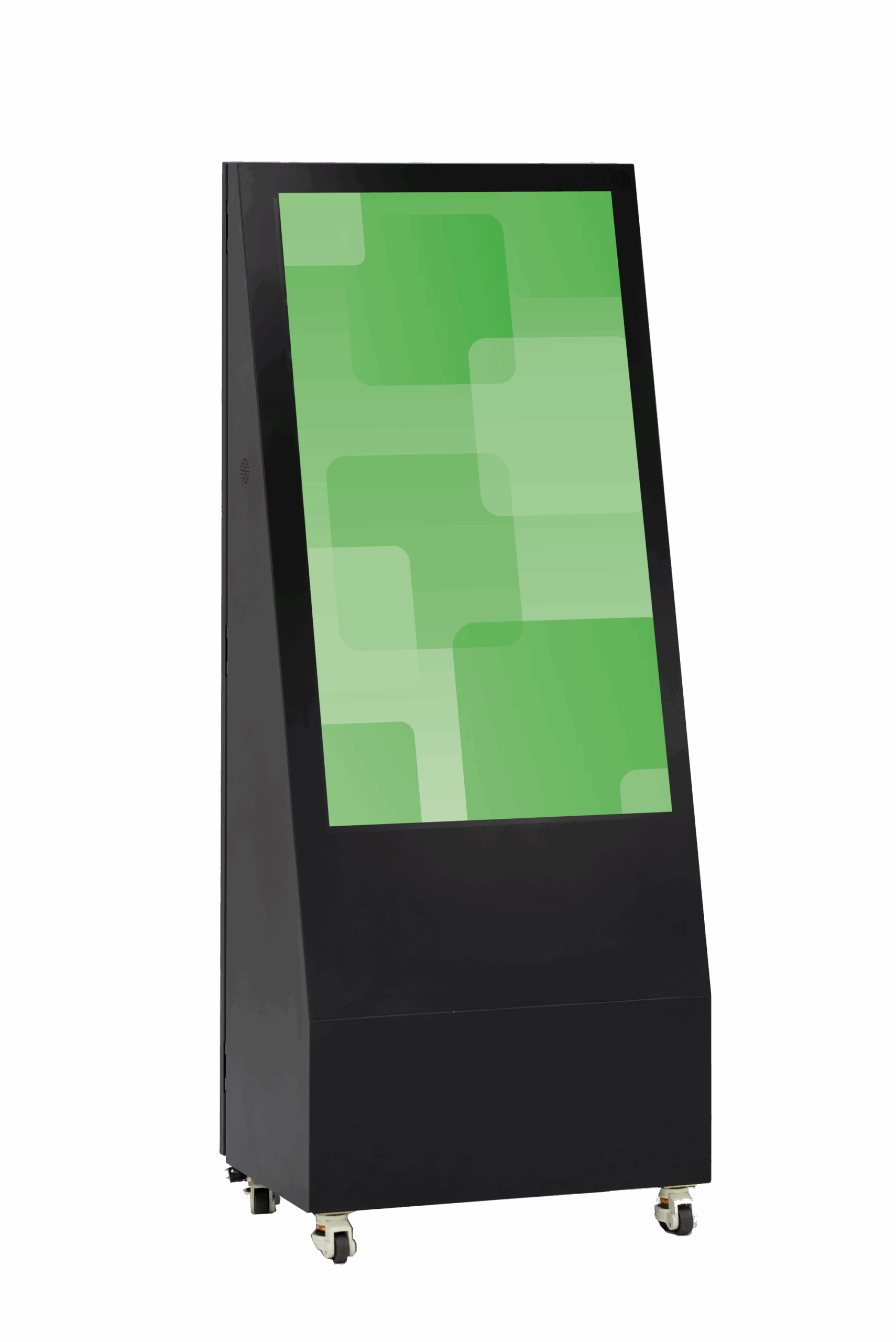
Digital Sandwich Boards
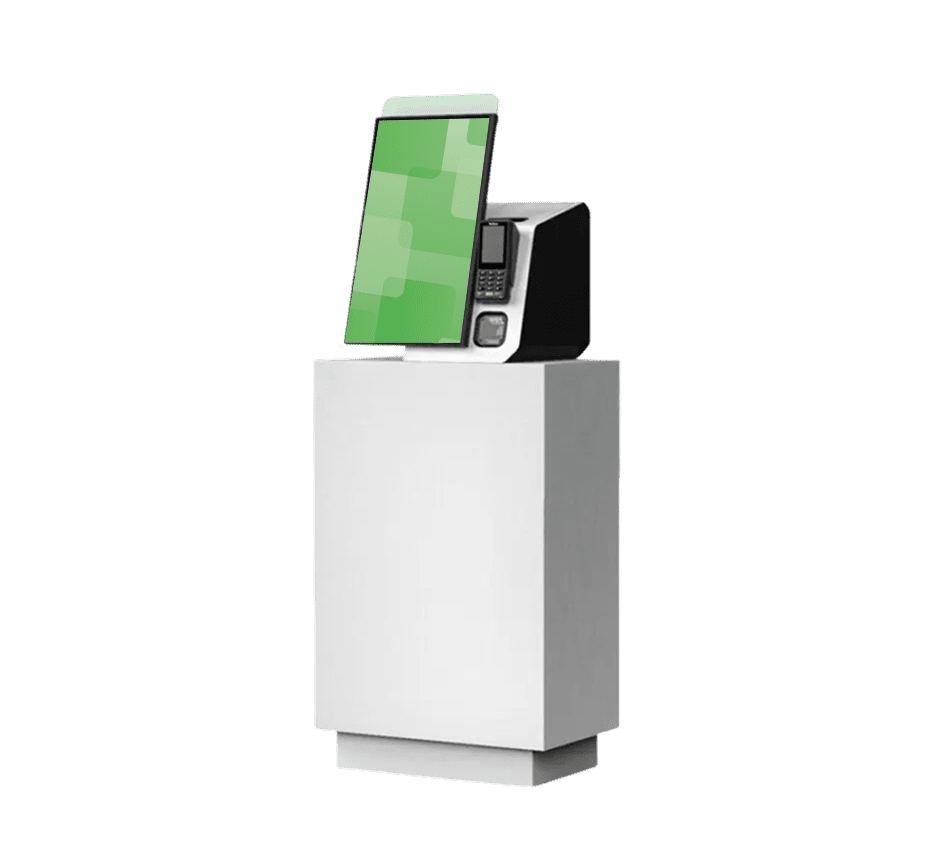
Transactional Kiosks
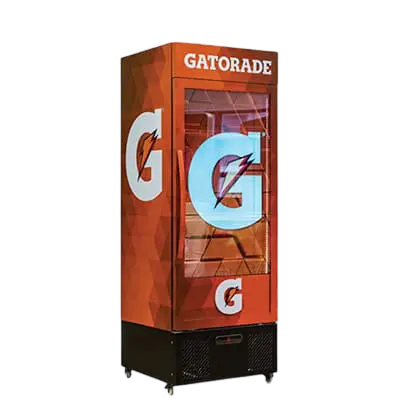
Immersive Kiosks
More Information
Understanding the Evolution from Traditional to Modern Sandwich Board Signage
Traditional sandwich board signs have served businesses effectively for decades, providing affordable, portable advertising that captures the attention of foot traffic. While chalk and marker boards remain viable options for specific applications, many businesses discover that modern alternatives offer compelling advantages without sacrificing the fundamental benefits that make A-frame signs attractive. MetroClick helps companies evaluate whether traditional or digital sandwich board solutions best serve their specific needs and growth objectives.
Cost-Benefit Analysis for Sandwich Board Investment Decisions
Initial Investment Considerations
Traditional sandwich boards require minimal upfront investment, typically ranging from basic wooden frames to weather-resistant synthetic materials. However, the total cost of ownership extends beyond the initial purchase price. Businesses must factor in ongoing expenses for markers, chalk, cleaning supplies, and staff time dedicated to daily updates. Weather damage often necessitates replacement every 12-18 months, creating recurring capital expenses.
Hidden Operational Costs
The labor investment in maintaining traditional sandwich boards often exceeds initial expectations. Staff members spend valuable time each day updating messages, cleaning surfaces, and ensuring legibility. Weather events require additional effort to protect or restore signage. These recurring tasks, while seemingly minor, accumulate significant labor costs over time that many businesses overlook when choosing signage solutions.
Maximizing Traditional Sandwich Board Effectiveness
For businesses committed to traditional A-frame signage, several strategies enhance effectiveness and longevity. Professional lettering services create consistent, attractive messages that maintain brand standards better than handwritten content. Weatherproofing treatments extend outdoor lifespan, while strategic placement during peak traffic hours maximizes visibility. Some establishments rotate multiple boards with pre-written messages to reduce daily labor while maintaining fresh content.
Understanding optimal viewing distances helps determine appropriate letter sizing and message complexity. Simple, bold messages with high contrast between text and background colors achieve better results than detailed information that pedestrians cannot absorb while walking past. This limitation often pushes businesses toward digital alternatives that can cycle through multiple messages automatically.
When Traditional Sandwich Boards Make Sense
Specific business contexts favor traditional over digital solutions. Establishments with extremely simple, rarely changing messages may find traditional boards sufficient. Vintage-themed businesses or those cultivating artisanal atmospheres might prefer the aesthetic of hand-chalked messages. Temporary events or pop-up locations benefit from the low investment and easy disposal of bare sandwich boards.
Budget-constrained startups sometimes begin with traditional signage before upgrading as revenue grows. This stepping-stone approach allows businesses to establish sidewalk presence immediately while planning for future digital investments. However, many discover that the cumulative costs and limitations prompt earlier upgrades than initially anticipated.
Addressing Common Traditional Sandwich Board Challenges
Weather Vulnerability
Rain, snow, and wind create ongoing challenges for traditional sandwich board users. Chalk messages wash away, requiring complete rewrites after precipitation. Marker boards fare better but still suffer from sun fading and moisture damage. Indoor storage during inclement weather interrupts advertising continuity, reducing overall effectiveness during periods when foot traffic shelter-seeking behavior might increase receptiveness to nearby business messages.
Message Limitations
Static messages cannot respond to changing conditions throughout the day. Breakfast specials remain displayed during dinner hours, confusing customers. Limited space forces businesses to choose between product variety, pricing information, promotional offers, and essential information like hours or contact details. This constraint particularly impacts businesses with diverse offerings or time-sensitive promotions requiring frequent updates.
The Digital Alternative: Modern A-Frame Solutions
Modern digital sandwich boards maintain the familiar A-frame format while addressing traditional limitations. Battery-powered operation enables cordless placement anywhere foot traffic flows. High-brightness displays ensure visibility in all lighting conditions, from shaded sidewalks to bright sunlight. Remote content management eliminates daily manual updates, freeing staff for customer service.
Digital alternatives like MetroClick’s digital sandwich board offer weatherproof construction for year-round outdoor use. Dynamic content capabilities display multiple messages, time-based promotions, and real-time updates. While requiring higher initial investment, these solutions eliminate ongoing supply costs and reduce labor requirements significantly.
Making the Transition: When to Upgrade Your Signage
Several indicators suggest readiness for digital upgrades to digital kiosk solutions and large touchscreen displays. Businesses spending over 30 minutes daily on sign maintenance should calculate labor costs against digital alternatives. Frequent weather-related sign damage or customer complaints about illegible messages signal upgrade opportunities. Growing businesses that require frequent message updates benefit from automated content scheduling.
Retail environments with changing inventory, restaurants featuring daily specials, and service businesses with appointment availability all gain efficiency through digital transitions. The ability to display engaging video content, integrate social media feeds, and showcase product galleries transforms simple signage into interactive customer engagement tools.
Hybrid Approaches and Gradual Migration
Some businesses successfully combine traditional and digital signage strategies. Static sandwich boards display permanent information like business names and hours, while digital displays showcase changing content. This approach reduces digital investment while addressing dynamic messaging needs. Seasonal businesses might use traditional boards during slow periods and digital solutions during peak seasons.
Gradual migration strategies help businesses transition comfortably. Starting with one digital unit while maintaining traditional boards allows comparison of effectiveness and customer response. Many companies discover that increased engagement justifies expanding their digital presence. Software capabilities for remote management become particularly valuable as digital sign networks grow.
Future-Proofing Your Sidewalk Advertising Investment
Technology continues advancing sandwich board capabilities beyond simple digital displays. Interactive touch screens enable customer engagement through product browsing, appointment booking, or loyalty program enrollment. Integration with mobile devices creates opportunities for instant offers and social media connections. These evolving capabilities position digital sandwich boards as customer service tools beyond advertising.
Consider long-term business growth when evaluating signage investments. Traditional boards may suffice for stable, single-location operations with unchanging offerings. However, businesses planning expansion, diversifying services, or targeting tech-savvy demographics benefit from digital infrastructure. The flexibility to adapt messaging strategies as markets evolve protects against premature obsolescence across all industries.

